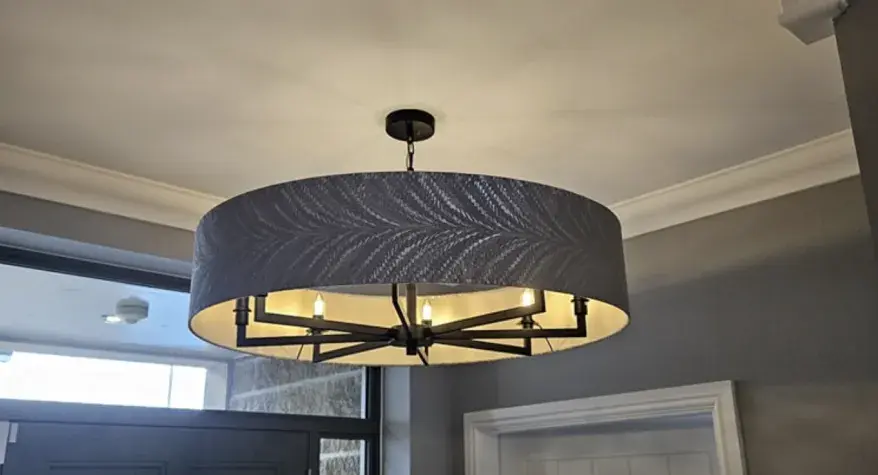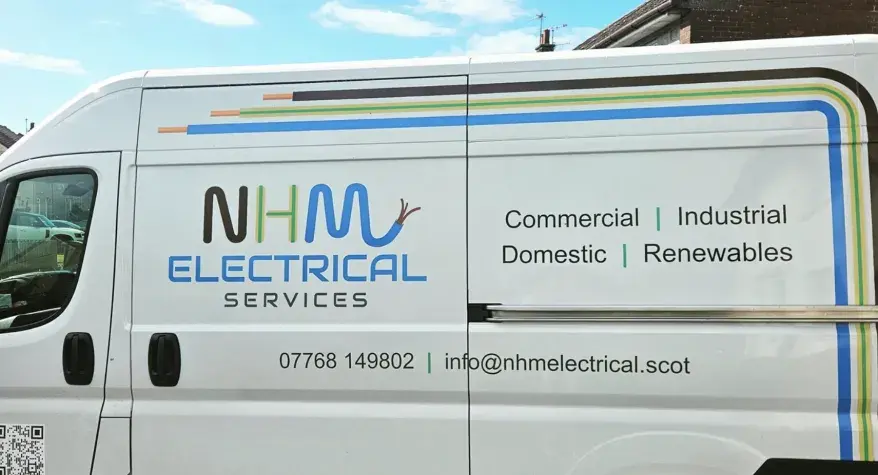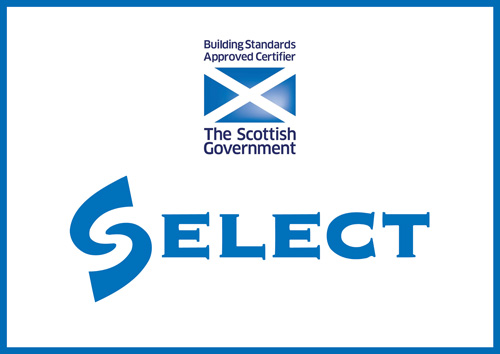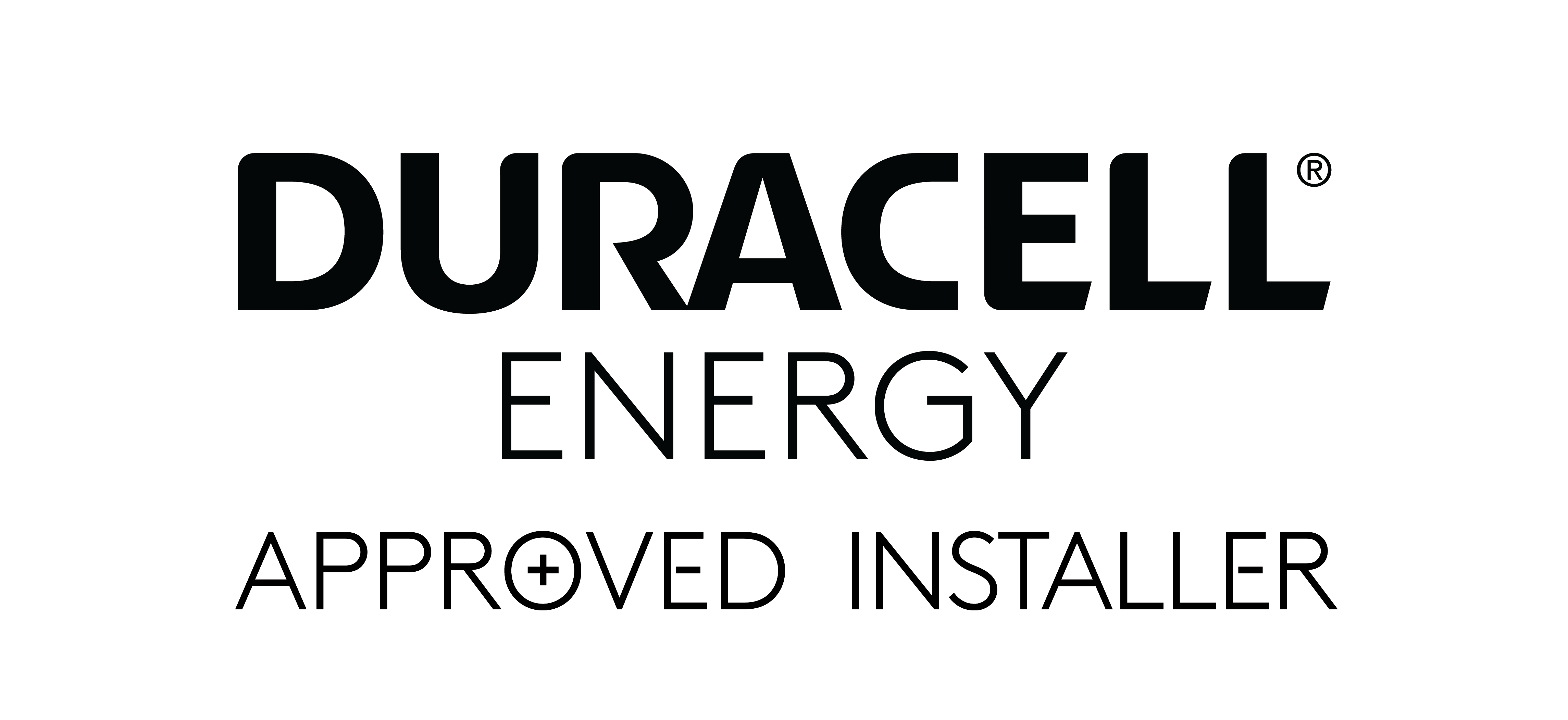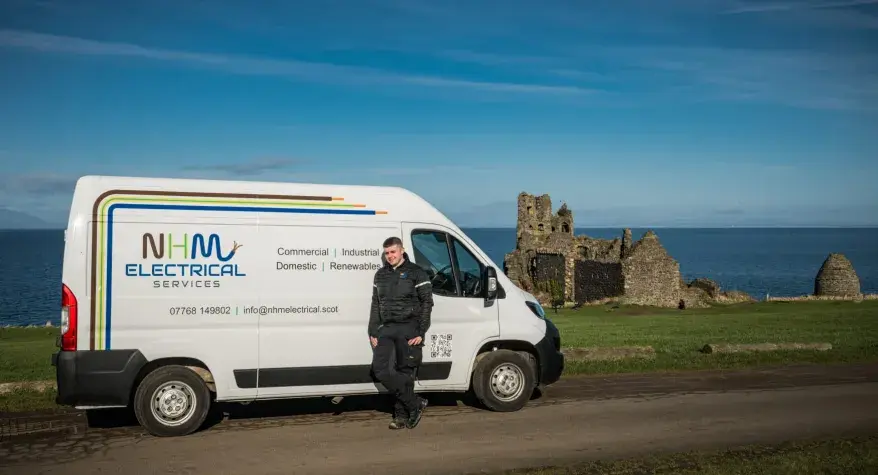It’s a rechargeable unit that stores electricity, typically generated by your solar panels during the day. This stored energy can then be used in the evenings or during power cuts.
- Initial installation cost (typically £800–£1,800)
- Requires off-street parking for most setups
- May need fuse box upgrades if your existing system is outdated
- Faster, safer, and more reliable than a standard plug socket
- Scheduled charging during off-peak hours to save money
- Boost your property value and future-proof your home
- Convenient and simple to use daily
In some cases, funding may be available for landlords or those living in flats via the OZEV grant scheme. While most private homeowners are no longer eligible, it’s worth checking for any new local council support or incentives.
We assess your current electrical system, install a dedicated circuit, fit the charger (usually on an external wall or garage), and test everything thoroughly. We’ll also help you register the unit for manufacturer warranty and ensure compliance with government guidelines.
3.6kW chargers are slower and suitable for overnight charging. A 7.2kW charger offers faster charging and is the most common choice for UK homes. It usually requires a dedicated circuit from your consumer unit and can charge most EVs in 6–8 hours.
Yes. All EV charger installations must comply with the latest edition of the IET Wiring Regulations (BS 7671). From 2022, EV chargers must also include built-in smart functionality to help manage demand on the national grid. Installations must include appropriate earthing arrangements and RCD protection.
If you own your home and have off-street parking, in most cases you won’t need planning permission. However, if you live in a listed building or conservation area, it's best to check with your local council first. Landlords will need tenants' agreement and may need consent from the building owner for flats.
Electric showers heat cold water instantly, while power showers use hot and cold water from your system and include a pump to boost pressure. Each has different electrical requirements.
Yes. We provide a Minor Electrical Installation Works Certificate for all electric shower installations or upgrades.
No. It involves both electrical and plumbing work and must be carried out by a qualified electrician to comply with Building Regulations.
Yes. All electric showers must be protected by a Residual Current Device (RCD) to meet current safety standards.
Possibly. We’ll check if your current cabling and consumer unit can support it. Upgrading may require new wiring and a higher-rated breaker.
Yes. Electric showers need a dedicated circuit with the correct cable and breaker size, depending on the kilowatt rating. We’ll assess and install everything to regulation.
It heats cold water instantly using an internal element—so it doesn’t rely on your boiler. This means you get hot water on demand, even if your central heating is off.
In some cases, yes. Higher-rated units or electric boilers may require updated circuits. We’ll check your existing setup and handle any upgrades needed.
Yes—newer storage heaters are much more efficient and easier to control. We can assess whether an upgrade or full system change would save you more in the long run.
Absolutely. Combining electric heating with solar power and battery storage can significantly reduce your running costs—especially with a wet system or smart panel heaters.
Panel heaters provide direct room heat, while wet systems use an electric boiler to heat water through radiators—just like a gas system. Wet systems are great for full-home heating; panel heaters are ideal for individual rooms.
It depends on the type. Modern panel heaters and storage heaters with thermostatic control are far more efficient than older models. We’ll help you choose the most cost-effective option for your space.
Yes, but make sure they are fully qualified and registered. After completion, you’ll still need updated certification to prove compliance.
We provide a clear, itemised quote based on your report. Our pricing is transparent, with no hidden fees, and we only quote for what’s genuinely needed to bring your system up to standard.
For landlords, failing to carry out required work could result in fines or enforcement action. For homeowners, it increases the risk of electrical faults and may impact your home insurance.
Yes. After we complete the remedial work, we’ll issue a Minor Electrical Installation Works Certificate confirming everything has been repaired to current standards.
For landlords, any work flagged as ‘C1’ or ‘C2’ must be completed within 28 days (or sooner if the report states so). Homeowners should address any safety-related issues as soon as possible for their protection.
Remedial work is the repair or upgrade of electrical components that were flagged as unsafe or non-compliant in your EICR. This may include replacing sockets, upgrading your fuse box, rewiring circuits, or installing additional RCD protection.
In most cases, yes. We’ll assess your current setup and ensure compatibility. Retrofits may need an inverter upgrade, which we can provide.
For many homeowners, yes. It maximises solar usage, reduces grid reliance, and offers energy independence. It’s especially effective when combined with smart meters and variable tariffs.
Most systems have a lifespan of 10–15 years and come with warranties of 5–10 years. Proper installation and smart usage can extend their life.
Yes, if it’s installed with backup functionality. Not all batteries provide this by default, so it’s important to discuss your needs during setup.
That depends on the battery size. Domestic systems typically range from 4kWh to 13kWh. We help size your system based on your usage, panel capacity, and goals.
Not necessarily. While most systems are paired with solar, some customers install batteries to take advantage of off-peak electricity rates—charging the battery at night and using it during peak hours.
Don’t panic—it means there are items that need fixing to ensure your safety. We’ll walk you through the report, prioritise urgent issues, and provide a clear quote for any work required.
Typically between 1 to 4 hours, depending on the size and condition of the property.
Yes, for rented properties. For homeowners, it’s not legally required but strongly advised—especially when buying, selling, or renovating.
You’ll receive a detailed report showing either a ‘satisfactory’ or ‘unsatisfactory’ outcome. If any issues are found, we’ll provide a quote to carry out the remedial work needed to bring everything up to standard.
There may be brief power outages during testing. We work efficiently to minimise disruption and will agree on a suitable time that works for you or your tenants.
We check your fuse board, sockets, switches, lighting circuits, and wiring. We test for proper earthing, insulation resistance, and functionality of RCDs and circuit breakers.
In Scotland, landlords must have an EICR carried out every 5 years or when there’s a new tenancy. Homeowners are recommended to have one every 10 years—or when buying or selling a property.
It’s a formal report on the condition of your electrical installation. It identifies any faults, wear and tear, or non-compliance with current regulations that could pose a safety risk.
In most homes, the work can be completed in a few hours, depending on access and the existing setup.
Yes. Any work done will be tested and certified to confirm compliance with BS 7671.
Yes. It can lead to tripping fuses, damaged appliances, and serious shock risks. Proper earthing is vital for RCDs and modern protection devices to work effectively.
Yes. Even new builds need bonding on water, gas, and other services to meet UK safety standards.
We can check during an EICR or other inspection. Homes with old wiring may lack modern earthing and should be upgraded.
Bonding connects metal parts (like pipes or radiators) to the earth. This ensures they can't become live if a fault occurs nearby, offering additional protection.
Earthing provides a path for fault current to flow safely to ground if there's a fault, reducing the risk of electric shock. It's essential for all electrical systems.
Definitely. Quality driveway lighting enhances both appearance and safety, making your home more attractive to future buyers.
Yes. We work around existing landscaping or drive surfaces and use minimally invasive techniques wherever possible. We’ll advise on the best approach during your site survey.
Not at all. LED technology makes outdoor lighting extremely energy efficient. Most systems cost just a few pence per night to operate.
We use armoured cabling buried at the correct depth and routed safely beneath driveways or paths. All connections are fully weather-sealed to meet UK wiring regulations.
Absolutely. Many clients opt for dusk-to-dawn sensors, motion detectors, or smart controls they can manage via an app. This adds convenience and improves energy efficiency.
Yes—any outdoor light must be rated at least IP65 to withstand Scottish weather. We only install fixtures specifically designed for long-term outdoor use.
The most common types include ground-level recessed lights, bollard or post lights, wall-mounted floodlights, and motion-sensor security lights. We can combine styles to create a functional and attractive layout.
Yes. We can upgrade specific circuits or rooms as needed—ideal if you're renovating or improving safety gradually.
Tripping circuits, discoloured sockets, buzzing sounds, or cables with brittle or cracked insulation. If your home hasn’t been rewired in 25+ years, it’s worth having it checked.
Possibly. Older systems with red/black wiring often lack RCD protection and may have outdated fuse boxes. We’ll advise you based on your current setup.
Not always. We recommend an Electrical Installation Condition Report (EICR) to assess the safety and condition of your system. If the wiring is damaged, unprotected, or non-compliant with modern standards, a rewire may be necessary.
Not necessarily. If the installation was done properly and is still in good condition, it may still be safe. However, age and wear can make older systems more prone to faults.
Red and black cables were the standard colour codes in the UK before 2004. Red was for live wires, black for neutral. Modern wiring uses brown and blue instead.
Most installs are completed in under 2 hours, assuming your electrical system is up to spec. If upgrades are needed, we’ll let you know in advance.
Absolutely. We run safe cabling routes beneath flooring and ensure proper ventilation, isolation, and connection.
Yes. We provide a Minor Electrical Installation Works Certificate for all new appliance installations, showing it’s been fitted to current standards.
If it’s an older fuse board without RCD protection, yes. Modern cookers must be connected to a safe, compliant electrical system. We’ll inspect and recommend any required updates.
Sometimes. Some dual appliance setups can share a circuit, but often a separate connection is needed—especially for high-power induction hobs. We’ll advise based on your appliance’s load.
Most electric ovens and hobs require a dedicated 32-amp supply from your consumer unit, with a correctly rated isolator switch and cabling. We’ll assess your current setup and upgrade it if needed.
If it’s a plug-in appliance under 3kW, technically yes—but for anything over that, especially if hard-wired, it must be installed by a qualified electrician to meet regulations.
Minimal. Wall fans require drilling through an external wall. Inline fans involve loft or ceiling access. We install neatly with minimal disruption.
Yes. All new bathrooms must have suitable ventilation. We ensure all installs meet the latest Building Regulations.
Yes. Many fans are triggered by the light and run for a set period afterwards. We can also wire in independent switches for manual control.
We recommend it. Timed models keep extracting after you leave the room, and humidity-sensing models activate automatically—ideal for reducing condensation.
Inline fans are best for internal bathrooms with no external wall access or where silent running and higher performance are needed—such as in larger or high-use bathrooms.
Wall-mounted fans are ideal for small, straightforward installations. They’re easy to install and cost-effective.
Wall-mounted fans are installed directly on an external wall and vent straight outside. Inline fans are mounted in the loft or ceiling void, connected to ducting, and usually quieter and more powerful.
We use neat cable runs and minimal disruption techniques. In some cases, we may need to lift floorboards or chase into walls—but we always discuss this in advance and leave everything tidy.
Absolutely. We install garden lighting, wall lights, security floodlights, and feature lighting for paths and patios—all with safe, weatherproof connections.
Everything from simple ceiling fittings to full LED spotlights, wall lights, pendant designs, under-cabinet kitchen lighting, and smart systems. We help design lighting layouts that work for both style and function.
For most domestic work, sockets should be at least 450mm above the floor (in new builds), but for existing homes, we install them where they’re most practical for your layout.
Yes. We regularly retrofit new sockets into older properties, taking care to match the finish and protect original features. We always test the wiring to make sure it’s safe to add new points.
There’s no legal maximum, but we recommend at least four double sockets per average room. More if you use lots of electronics. We’ll plan socket locations based on how you use your space.


